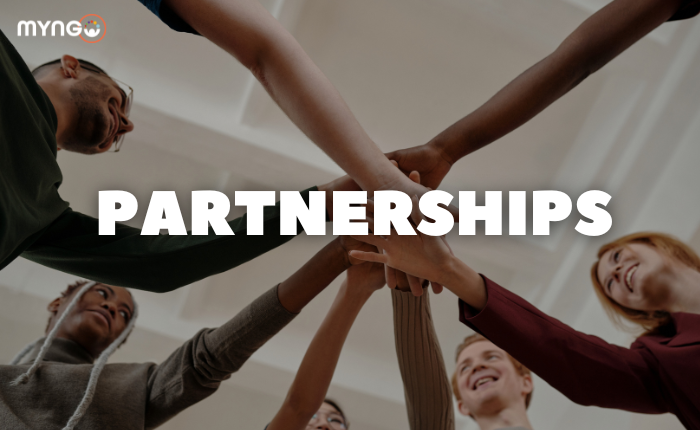
About Lesson
Identifying and selecting the right partners is crucial for the success of your Erasmus+ project. This lesson will provide guidance on how to find potential partners, evaluate their suitability, and establish effective partnerships.
Finding Potential Partners
- Erasmus+ Partner Search Tools: Utilize the official Erasmus+ Partner Search Tools to find organizations interested in similar projects.
- Networks and Associations: Join networks and associations related to your field to connect with potential partners.
- Conferences and Events: Attend Erasmus+ conferences, seminars, and networking events to meet potential partners and explore collaboration opportunities.
- Online Platforms: Use online platforms and social media groups dedicated to Erasmus+ and youth work to find and connect with potential partners.
Evaluating Partner Suitability
- Alignment of Goals: Ensure that potential partners have goals and values that align with your project objectives.
- Relevant Expertise: Assess the expertise and experience of potential partners to ensure they can contribute effectively to your project.
- Capacity and Resources: Evaluate the capacity and resources of potential partners to determine their ability to fulfill their roles and responsibilities.
Establishing Effective Partnerships
- Clear Roles and Responsibilities: Define clear roles and responsibilities for each partner to ensure effective collaboration and accountability.
- Memorandum of Understanding: Draft a Memorandum of Understanding (MoU) or partnership agreement outlining the terms of collaboration, expectations, and commitments.
- Regular Communication: Establish regular communication channels to keep all partners informed and engaged throughout the project.
RESOURCES